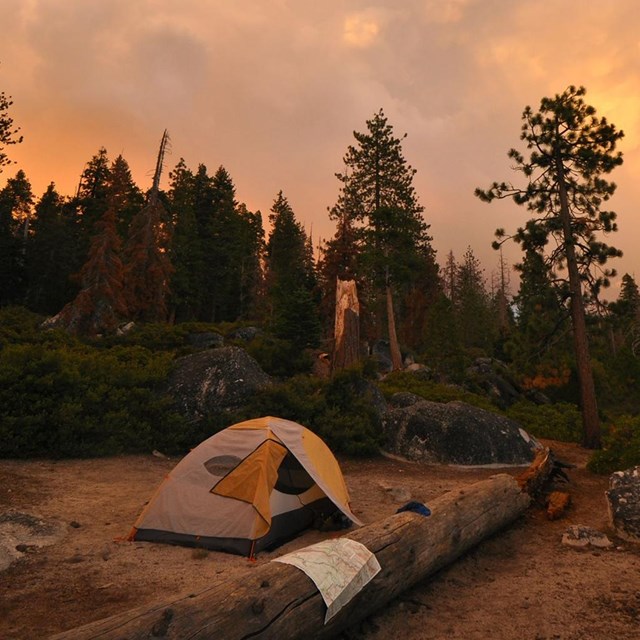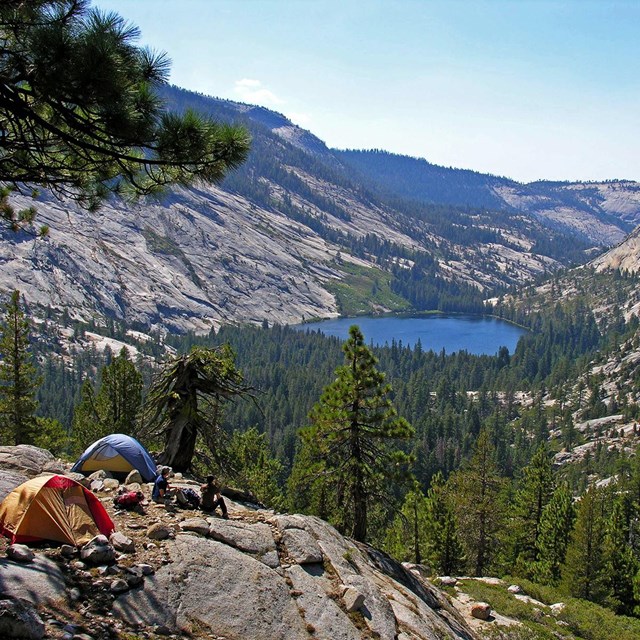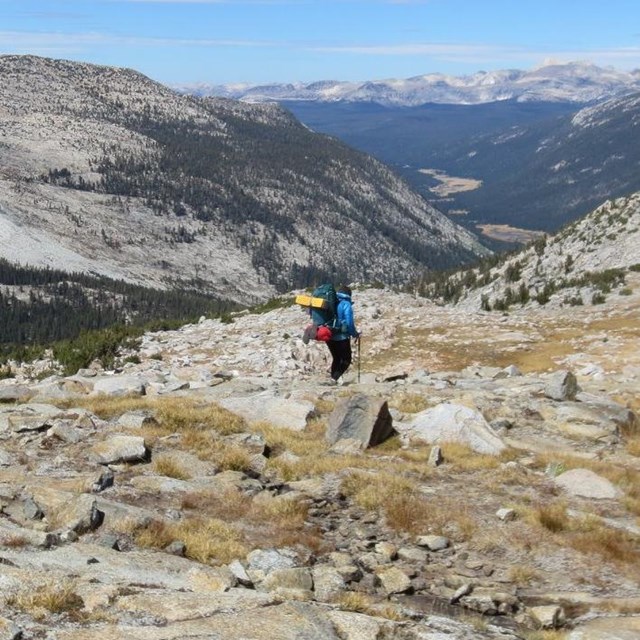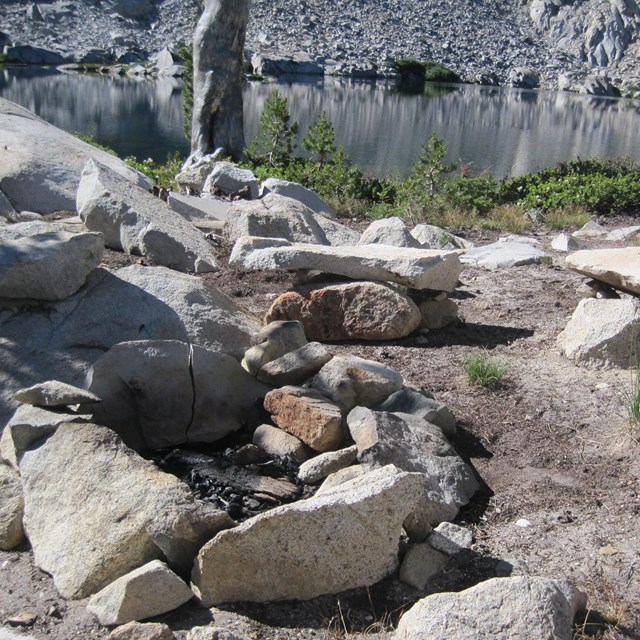
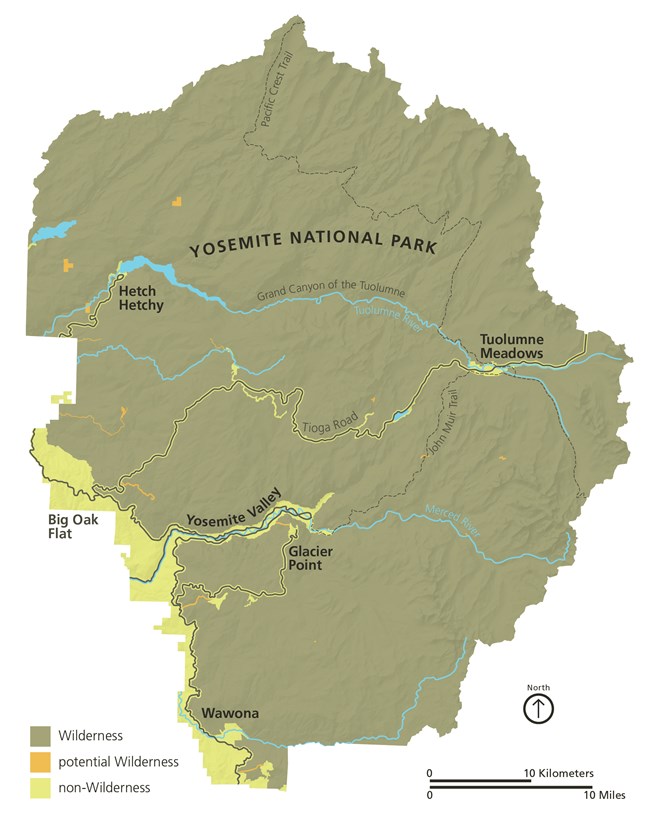
Wilderness in Yosemite is a special place. It is the feeling of humility amidst the grandeur of granite walls, the challenge of a trail through a red fir forest, the independence in route finding through an alpine lake basin, and the connection to your family, friends, and those who came before you camping under the stars. It is also the diverse wildlife, plants, water, geology, and cultural history that makes up a majority of Yosemite and its most protected areas. It is a protection of land to be celebrated and explored. When many of us think of wilderness, we may think of anything wild, from our backyards to local parks. Here, we celebrate the importance of legally designated wilderness, which may evoke some of the same feelings as places close to home but also have extra protections to keep them forever wild. Though humans have existed here for thousands of years, our presence and impact are not immediately obvious; nature itself remains the dominant force. Those who venture into the Yosemite Wilderness won’t find roads, buildings, or modern conveniences. Instead, they are likely to find inspiration, deep connections, and meaningful challenges. Whether you are visiting the park for a few hours and gazing to the top of Half Dome or travelling for days far from cars and roads—you are seeing Yosemite Wilderness! The Wilderness Act was passed by Congress in 1964 as a conscious decision to manage and act with restraint and let the natural world dominate in these special places. It is meant to be different! Wilderness areas are designated by an act of Congress and provide the highest level of protection for some of the most unique and least manipulated land in the United States. The Wilderness Act was enacted in 1964 with guidelines for future additions to the National Wilderness Preservation System (NWPS). Twenty years later, Congress established the Yosemite Wilderness, which currently includes 704,028 acres (or 1,100 square miles—over 94% of the park) and 1,012 acres of potential wilderness. These potential wilderness additions include areas that had already been developed before 1984 and were non-conforming to designated wilderness such as water utility systems, roads, and High Sierra Camps. Wilderness acreage cited is based on current acreages informed by GIS mapping technology, which may differ from older sources. Explore more about the categories of wilderness. Wilderness is protected for its intangible and tangible qualities:
The opportunities for exploring wilderness are as diverse as the landscapes these places protect. From hiking, backpacking, rock climbing and horseback riding to journaling, painting, and photography, there are ample ways for pleasure, inspiration, and adventure in Yosemite Wilderness. However you visit, it's important to be a steward and take of these special places. Familiarize yourself with Leave No Trace and start planning your next trip! Wilderness is an enduring resource, and all our responsibility to learn about and protect. Take a deeper dive into the many other areas of National Park Service wilderness.
|
Last updated: July 8, 2024

